The PEPCHIPOMICS project, which is supported by the Seventh Framework Programme for Research and Technological Development (FP7) of the European Union, is aimed at synthesising and reading very high-density peptide microarrays.
Nov 19th, 2012
Read more
An international research team led by Nanjing Agricultural University and BGI, has completed the first genomic sequence of pear by an approach using the combination of BAC-by-BAC strategy and next-gen sequencing. The pear genome not only provides an invaluable new resource for breeding improvement of this important crop, but also sheds new light on the genome evolution and other genome-wide comparative studies.
Nov 19th, 2012
Read more
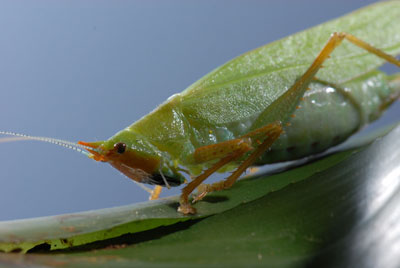 The discovery of a previously unidentified hearing organ in the South American bushcrickets' ear could pave the way for technological advancements in bio-inspired acoustic sensors research, including medical imaging and hearing aid development.
The discovery of a previously unidentified hearing organ in the South American bushcrickets' ear could pave the way for technological advancements in bio-inspired acoustic sensors research, including medical imaging and hearing aid development.
Nov 16th, 2012
Read more
The money will help researchers in the Institute of Molecular, System and Cell Biology at the University of Glasgow to simplify the process of designing, building, testing and modifying biological systems like bacteria for a variety of useful purposes.
Nov 15th, 2012
Read more
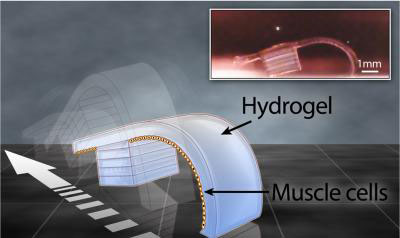 They're soft, biocompatible, about 7 millimeters long ? and, incredibly, able to walk by themselves. Miniature "bio-bots" developed at the University of Illinois are making tracks in synthetic biology.
They're soft, biocompatible, about 7 millimeters long ? and, incredibly, able to walk by themselves. Miniature "bio-bots" developed at the University of Illinois are making tracks in synthetic biology.
Nov 15th, 2012
Read more
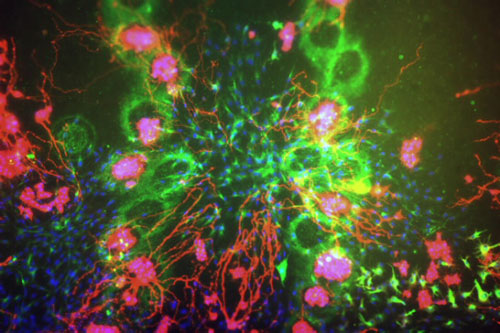 Scientists are one step closer to being able to print tissue replacements for diseased or damaged body parts using inkjet printers, thanks to the development of a specialised ink formulation.
Scientists are one step closer to being able to print tissue replacements for diseased or damaged body parts using inkjet printers, thanks to the development of a specialised ink formulation.
Nov 15th, 2012
Read more
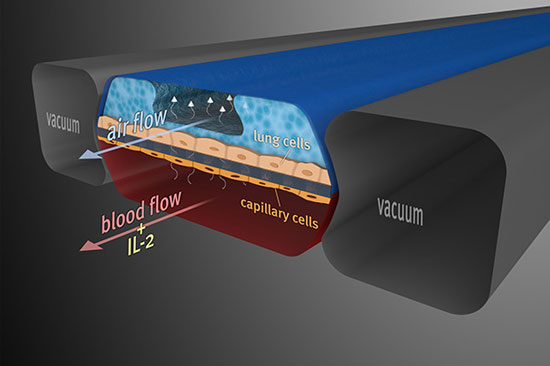 Researchers at the Wyss Institute for Biologically Inspired Engineering at Harvard University have mimicked pulmonary edema in a microchip lined by living human cells. They used this "lung-on-a-chip" to study drug toxicity and identify potential new therapies to prevent this life-threatening condition.
Researchers at the Wyss Institute for Biologically Inspired Engineering at Harvard University have mimicked pulmonary edema in a microchip lined by living human cells. They used this "lung-on-a-chip" to study drug toxicity and identify potential new therapies to prevent this life-threatening condition.
Nov 15th, 2012
Read more
Insights into the genetic code of pigs that reveal how the species evolved could improve the health of animals in future.
Nov 14th, 2012
Read more
Based on a unique technology developed by A*STAR Singapore, these inventive and easy-to-use kits are versatile, effective and quick in the screening for modulators of protein-DNA interactions, as well as quality control (QC) analysis of transcription factor production.
Nov 14th, 2012
Read more
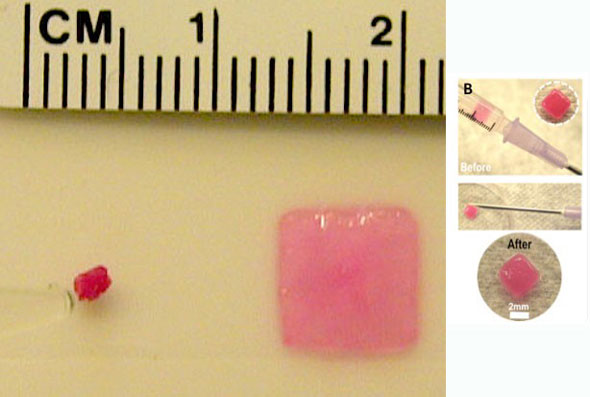 Bioengineers at Harvard have developed a gel-based sponge that can be molded to any shape, loaded with drugs or stem cells, compressed to a fraction of its size, and delivered via injection. Once inside the body, it pops back to its original shape and gradually releases its cargo, before safely degrading.
Bioengineers at Harvard have developed a gel-based sponge that can be molded to any shape, loaded with drugs or stem cells, compressed to a fraction of its size, and delivered via injection. Once inside the body, it pops back to its original shape and gradually releases its cargo, before safely degrading.
Nov 13th, 2012
Read more
International collaboration reveals timing mechanism in formation of vertebrae.
Nov 13th, 2012
Read more
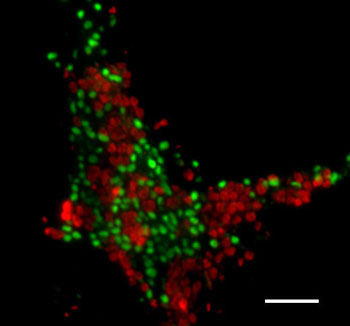 Researchers uncover how microorganisms on the ocean floor protect the atmosphere against methane.
Researchers uncover how microorganisms on the ocean floor protect the atmosphere against methane.
Nov 12th, 2012
Read more
In a move that could potentially revolutionise major UK industries and help us to meet serious social and environmental challenges, the Biotechnology and Biological Sciences Research Council (BBSRC) has announced an unprecedented GBP 20m worth of synthetic biology projects.
Nov 12th, 2012
Read more
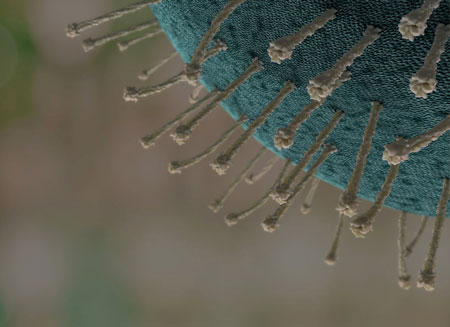 T�bingen and Berlin scientists investigate pathogens by help of solid-state nuclear magnetic resonance spectroscopy.
T�bingen and Berlin scientists investigate pathogens by help of solid-state nuclear magnetic resonance spectroscopy.
Nov 12th, 2012
Read more
Scientists studying the genes and proteins of human cells infected with a common cold virus have identified a new gene identification technique that could increase the genetic information we hold on animals by around 70 to 80 per cent. The findings could revolutionise our understanding of animal genetics and disease, and improve our knowledge of dangerous viruses such as SARS that jump the species barrier from animals to humans.
Nov 12th, 2012
Read more
Scientists at Stanford University have developed an intracellular remote control: a simple way to activate and track proteins, the busiest of cellular machines, using beams of light.
Nov 8th, 2012
Read more
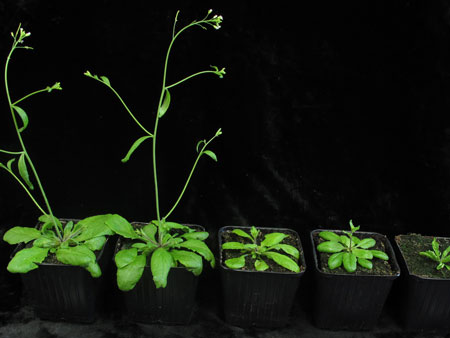 A phosphate switch to fine-tune the protein production in the cells.
A phosphate switch to fine-tune the protein production in the cells.
Nov 8th, 2012
Read more
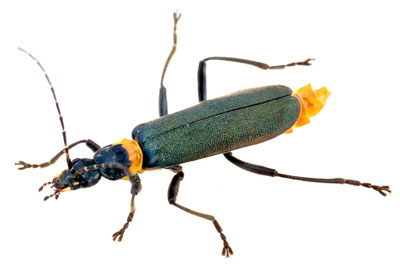 New antibiotic and anti-cancer chemicals may one day be synthesised using biotechnology, following CSIRO?s discovery of the three genes that combine to provide soldier beetles with their potent predator defence system.
New antibiotic and anti-cancer chemicals may one day be synthesised using biotechnology, following CSIRO?s discovery of the three genes that combine to provide soldier beetles with their potent predator defence system.
Nov 8th, 2012
Read more

 Subscribe to our Biotechnology News feed
Subscribe to our Biotechnology News feed







